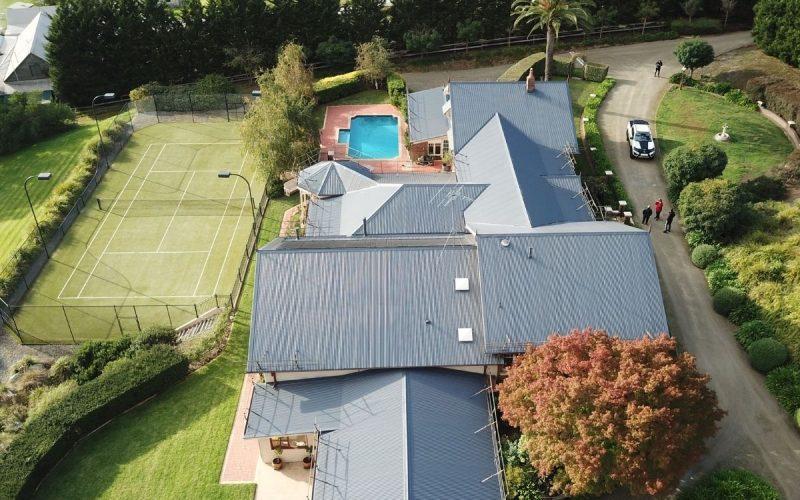
January 25, 2022
Choosing the right colour for your roof can be a difficult process. This is because when you paint your roof, it will be on display for many years to come. A bad decision now could mean spending thousands of dollars more in the future to repaint your home’s exterior. You can also consider the colour of the surrounding homes, ensuring that your house stands out without being too flashy.
Warm colours like brown or red can be good options for homes in colder climates. They tend to reflect heat better than other colours, helping to keep your home warm during the winter. Darker colours like green, blue and grey are ideal for warmer climates because they help keep the sun out and heat in.
Some homeowners choose to paint their roofs white, but this can lead to problems down the road due to weather and dirt build-up. It’s also important to ensure that your roof matches the colour of your trim so you don’t end up with a large contrast between colours on your home.
Your best bet is to find a reputable contractor who will work with you to choose the right colour for your home. Be sure to choose a company that provides free quotes and offers different options based on price point and quality, so you can get something you love without breaking the bank.
Here are some of the suggestions from Melbourne’s roofing experts.





